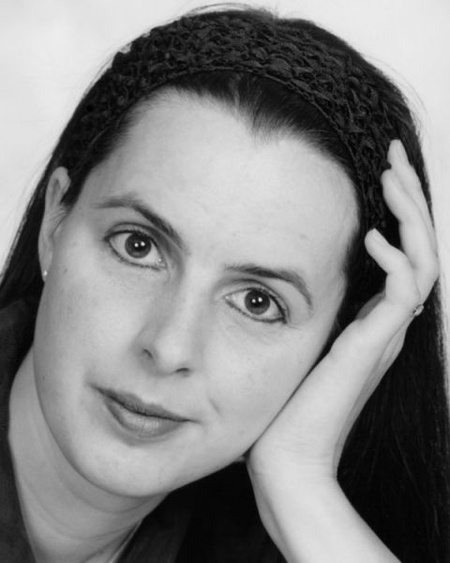Aberdeen academics will employ the techniques of DNA sequencing to look at how music has changed over the centuries.
They are part of an international team successful in securing a £100,000 grant from the Digging into Data project, which supports researchers using computational techniques to change the nature of humanities and social sciences research.
Dr Frauke Jurgensen, a lecturer in music at the University of Aberdeen, will lead the Aberdeen team, working alongside academics from Canada and the USA, to study changes in musical style from 1300 to 1900.
They will employ computational techniques, including those more commonly used in genetics research, to pinpoint transitions in musical style which could ultimately change the way in which we appreciate and perform music from this era.
Dr Jurgensen will focus on Renaissance music, analysing the changes in musical chords and melodic motions using advanced music information retrieval techniques.
She said: “As a singer I have a strong interest in music from a performance perspective, and if you are going to perform or even listen to music then you have to understand it.
“Modern audiences are not going to be familiar with much of the music we are looking at, since we subconsciously build up an understanding of the music we normally listen to.
“Much of the music we are investigating deserves to be performed, and we hope that by developing our understanding of the way it is constructed, we can help modern audiences and musicians to connect to it.”
Dr Jurgensen will use the digitised collections of several large music repositories, including the music of Palestrina and his contemporaries, to extract answers as to how the styles of the composers differ.
She will work with Professor George Coghill, Head of Computing Science at the University of Aberdeen and Dr Ian Knopke from the BBC, with Dr David Smith, Head of Music at the University of Aberdeen, acting in an advisory role.
“The collections we are looking at extend to thousands of pieces and if you were to attempt this kind of analysis by hand it would take many years.
“By using digitised data we are able to use pattern matching techniques similar to those in DNA sequencing to look at both similarities and differences in the music.
“We will be able to pinpoint the way in which a composer writes a piece of music that makes it different from another composer from the same period.
“This way of looking at music should help us to understand not only how this older music works, but also affects our understanding of newer music, which is underpinned by similar concepts.”


